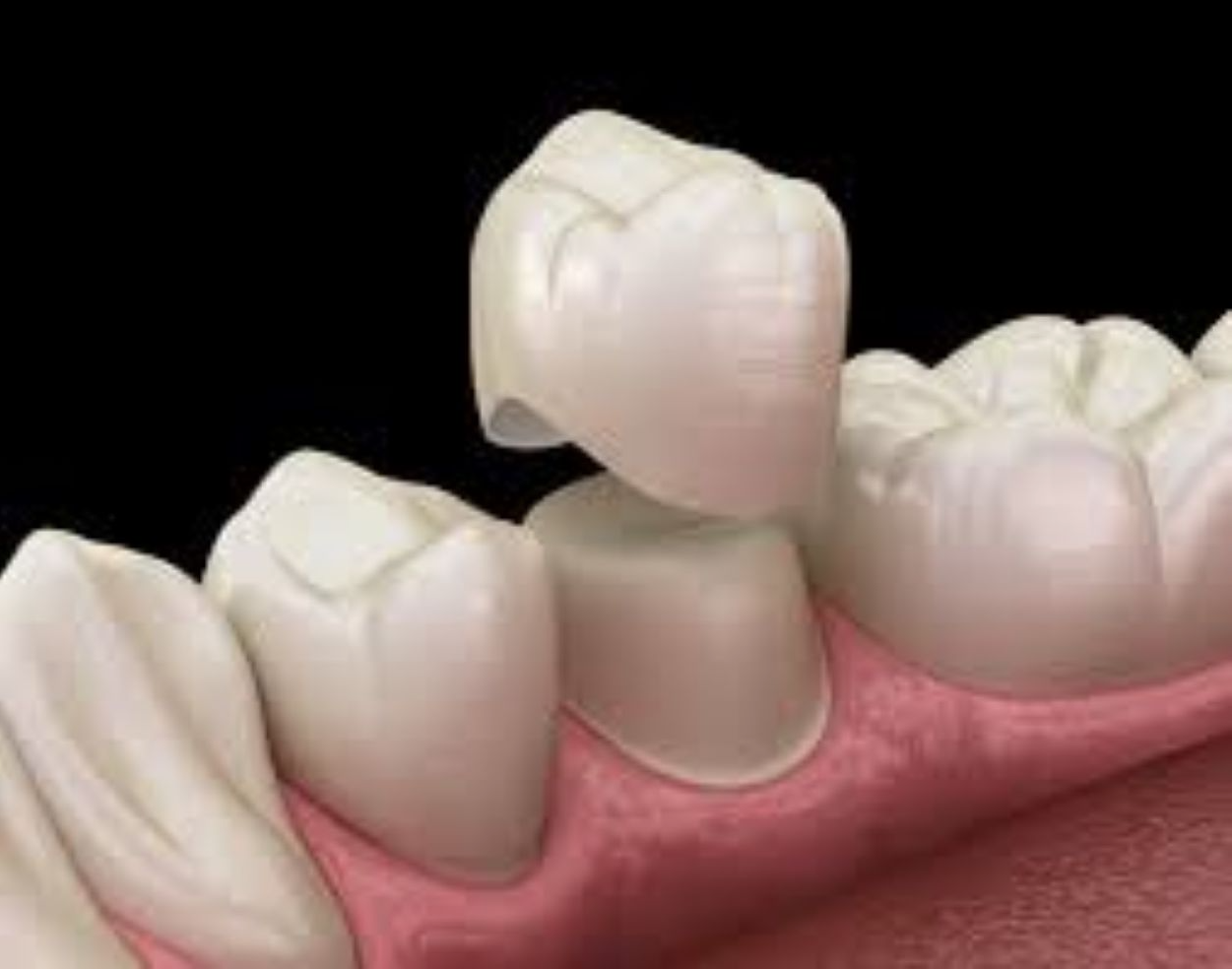+919790726189

This is your website preview.
Currently it only shows your basic business info. Start adding relevant business details such as description, images and products or services to gain your customers attention by using Boost 360 android app / iOS App / web portal.
MANAGEMENT OF DAMAGED TEETH AT WEST MAMBALAM AS...

MANAGEMENT OF DAMAGED TEETH AT WEST MAMBALAM ASHOK NAGAR CHENNAI Understanding Recurrent Crown Removal in Dentistry: Causes, Challenges, and Solutions Dental crowns are widely used to restore damaged teeth, offering both structural support and improved aesthetics. However, in some cases, patients experience recurrent crown removal — a situation where the crown needs to be removed and replaced multiple times. This issue can be frustrating for both patients and dental practitioners, affecting oral health, comfort, and cost. In this blog, we’ll explore the common causes of recurrent crown removal, the associated challenges, and preventive strategies. What is Recurrent Crown Removal? Recurrent crown removal refers to repeated instances of removing and replacing a dental crown from the same tooth. While crown removal is a routine part of prosthodontic care when necessary, recurrent removal points to underlying issues that need to be addressed. Common Causes Improper Crown Fit: One of the leading causes of crown failure is an ill-fitting crown. If the crown does not adapt perfectly to the prepared tooth, it may result in marginal leakage, discomfort, or dislodgement, prompting repeated removal. Cementation Failure: The longevity of a crown is highly dependent on the dental cement used. Inadequate bonding, poor moisture control during placement, or using the wrong type of cement can all lead to debonding. Recurrent Caries: Decay under the crown is a frequent reason for its removal. If oral hygiene is compromised or if the crown margin is not sealed properly, bacteria can infiltrate and cause secondary caries. Occlusal Issues: High bite or occlusal interference can lead to increased stress on the crown, loosening or fracturing it over time. Periodontal Disease: Inflammation or bone loss around the crowned tooth can affect the stability of the crown, requiring repeated adjustments or removal. Parafunctional Habits: Habits like teeth grinding (bruxism) or clenching place excess force on crowns, contributing to crown failure or dislodgement. Challenges with Recurrent Crown Removal Frequent crown removal can damage the underlying tooth structure, reduce retention, and increase the risk of pulpal involvement. Each removal also weakens the natural tooth and may necessitate more invasive procedures, such as post-and-core build-ups or root canal treatment. Additionally, patients often face psychological and financial stress due to repeated appointments, increased treatment costs, and discomfort during and after the procedure. Preventive Strategies Thorough Diagnosis and Planning: Accurate diagnosis, proper tooth preparation, and choosing the appropriate crown material and cement are essential. Patient Education: Informing patients about maintaining oral hygiene and avoiding harmful habits is crucial for long-term success. Regular Follow-ups: Early detection of issues can help in preventing crown failure and the need for removal. Use of Advanced Materials: Modern crowns made of zirconia or lithium disilicate offer improved fit and durability compared to older materials. In conclusion, recurrent crown removal is not just a mechanical problem but often the result of multiple factors. A comprehensive approach combining clinical precision and patient compliance is key to long-term crown success. Dental Clinics in West Mambalam Dentists in West Mambalam Dentists in Ashok Nagar Best dentist near me Best Dental Clinics in West Mambalam Oral surgeon in West Mambalam Dental Implants in West Mambalam Oral surgeon in Ashok Nagar Painless tooth removal at West Mambalam Rootcanal treatment at West Mambalam Top rated dentist in West Mambalam

